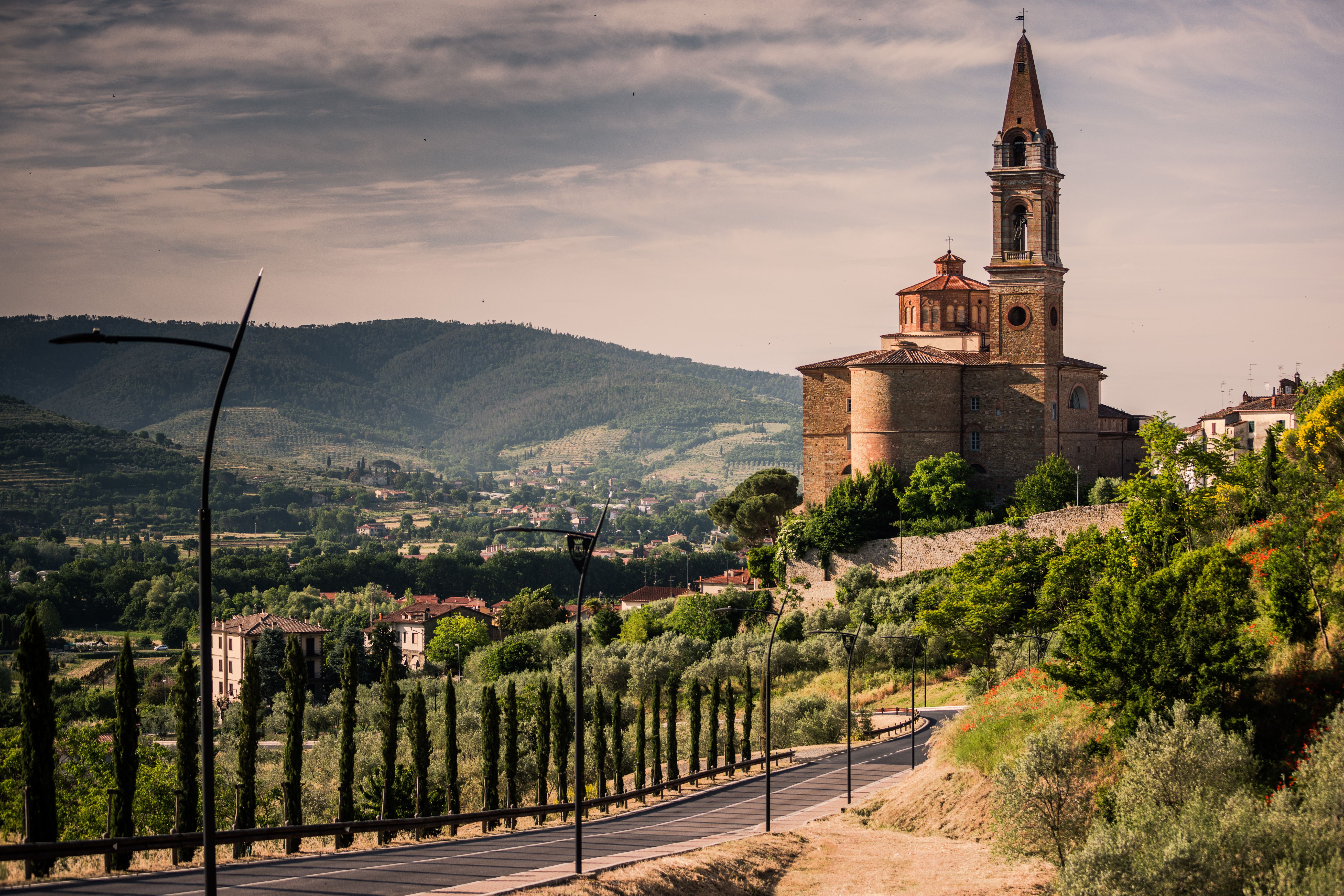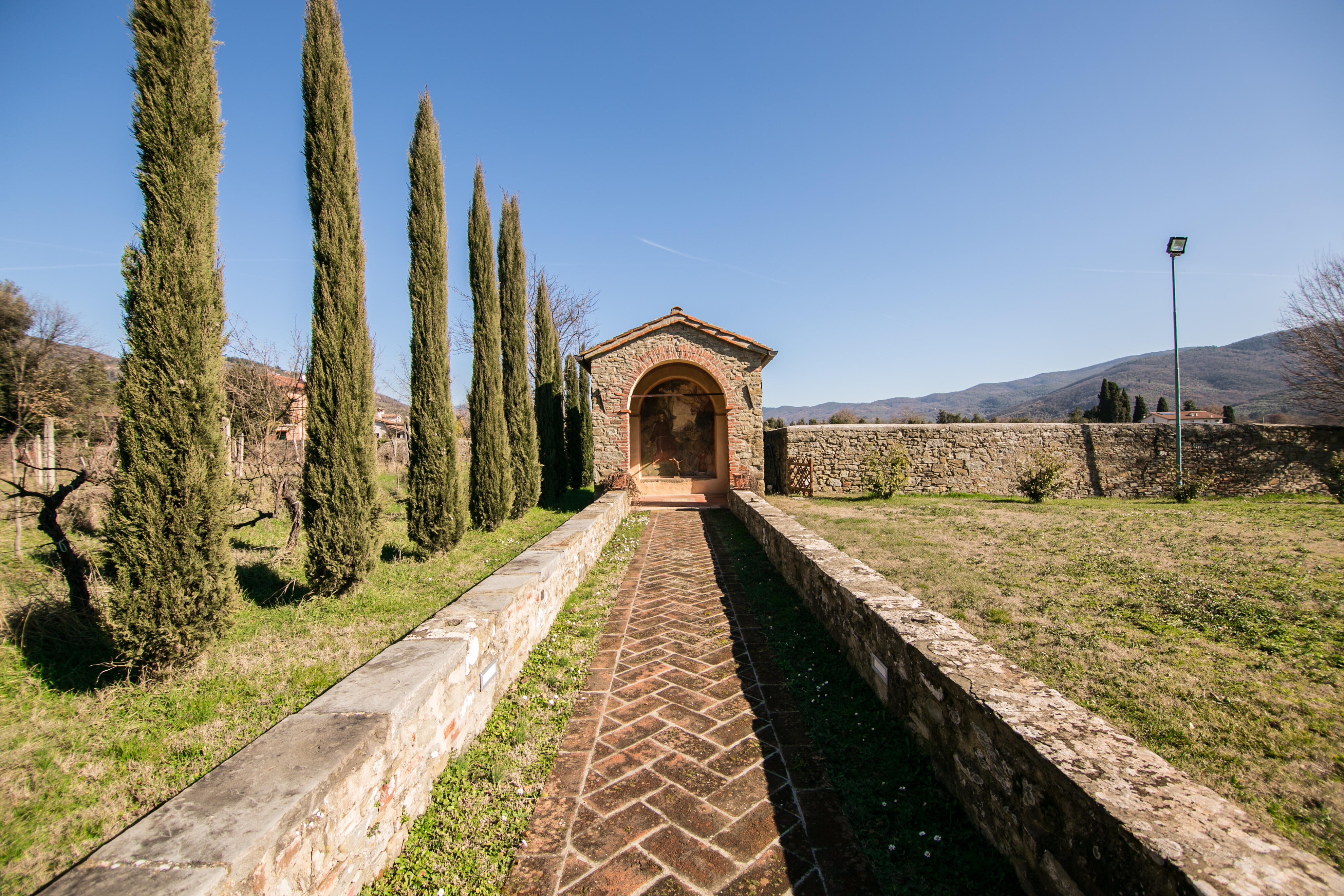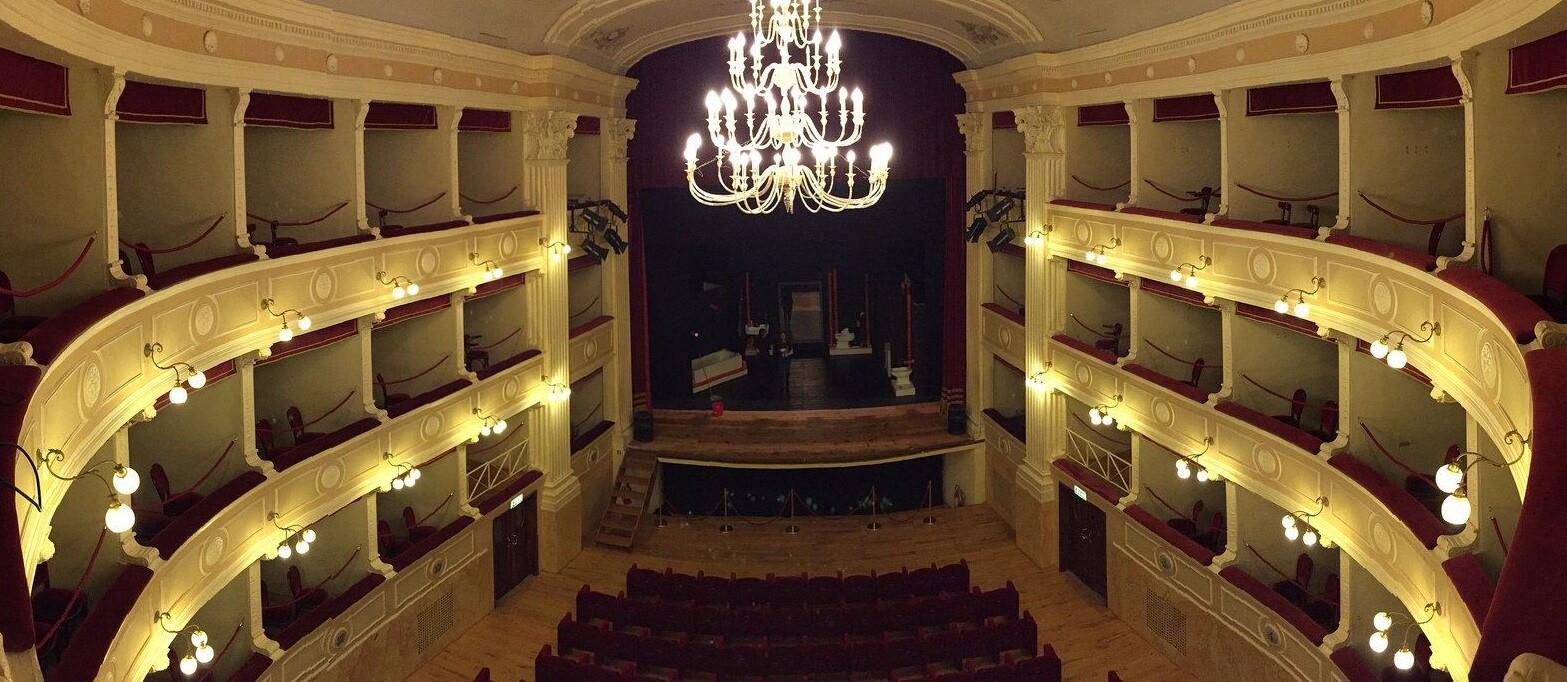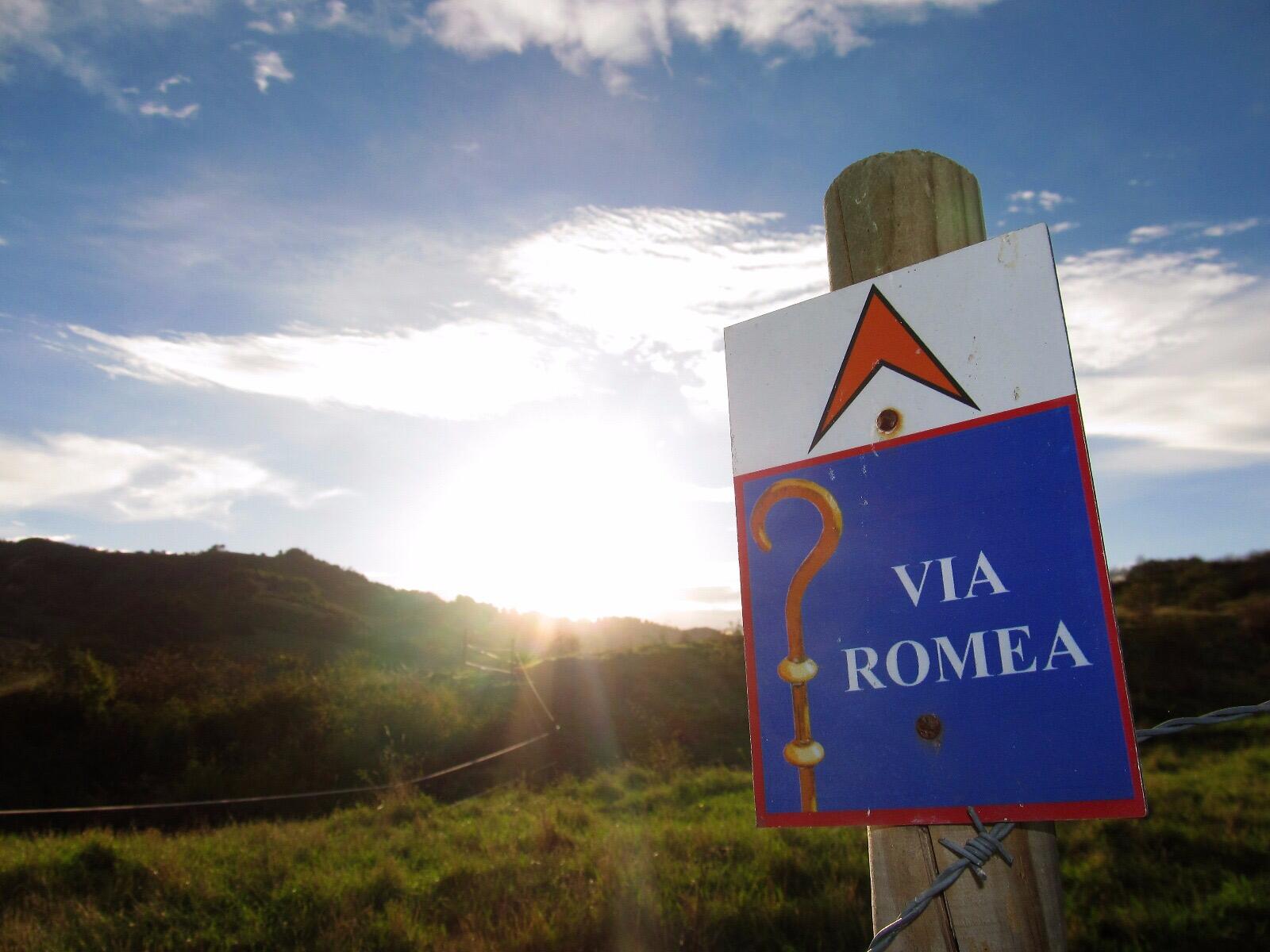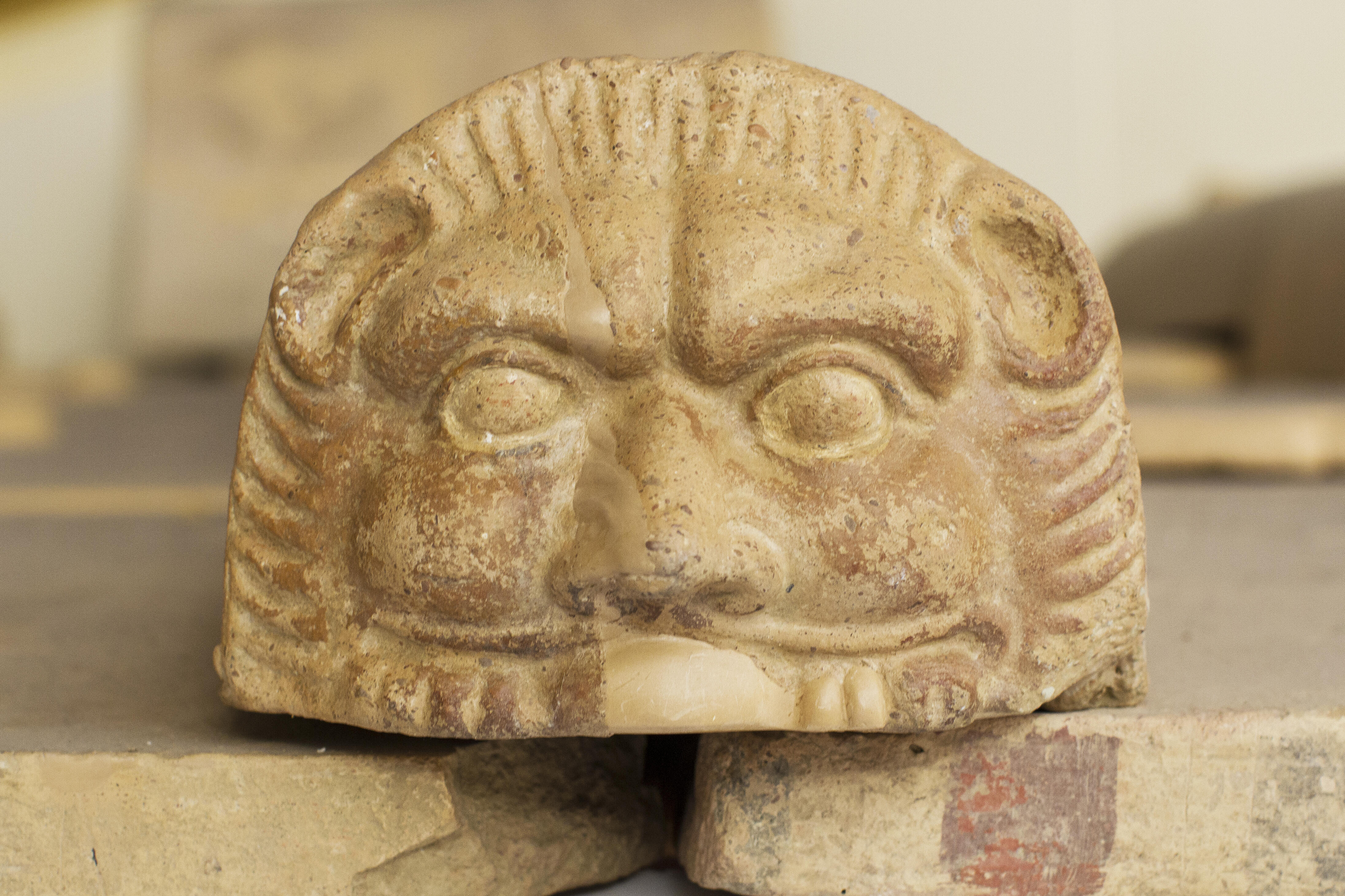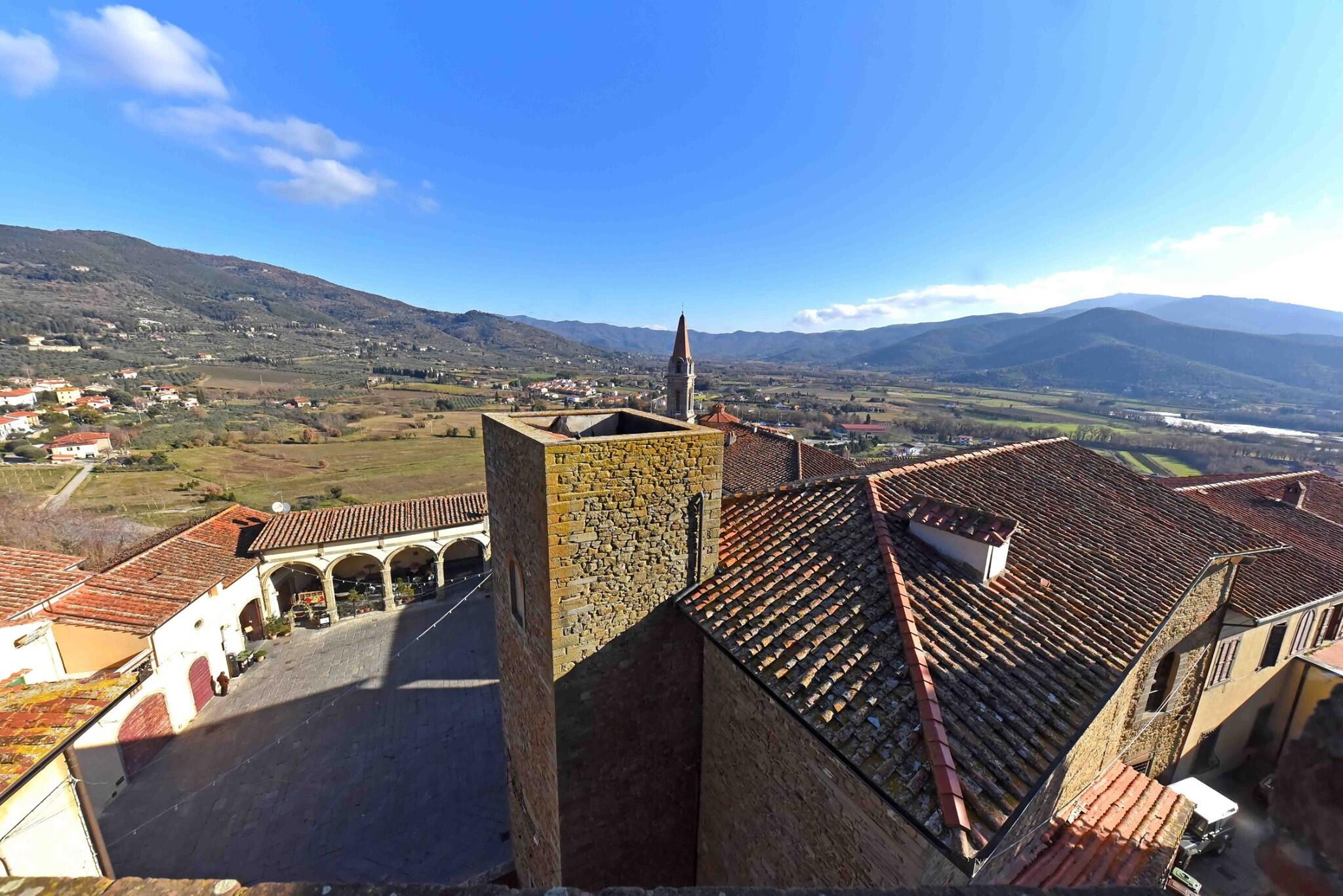POINT OF INTEREST
CHURCHES
Church of Sant'Agostino
Images that tell a story
Welcome to our gallery: a collection of images that tell moments, emotions, and details that often escape words. Each shot is a fragment of history, a memory to share, a perspective to explore. Browse and let yourself be inspired.


 ITA
ITA